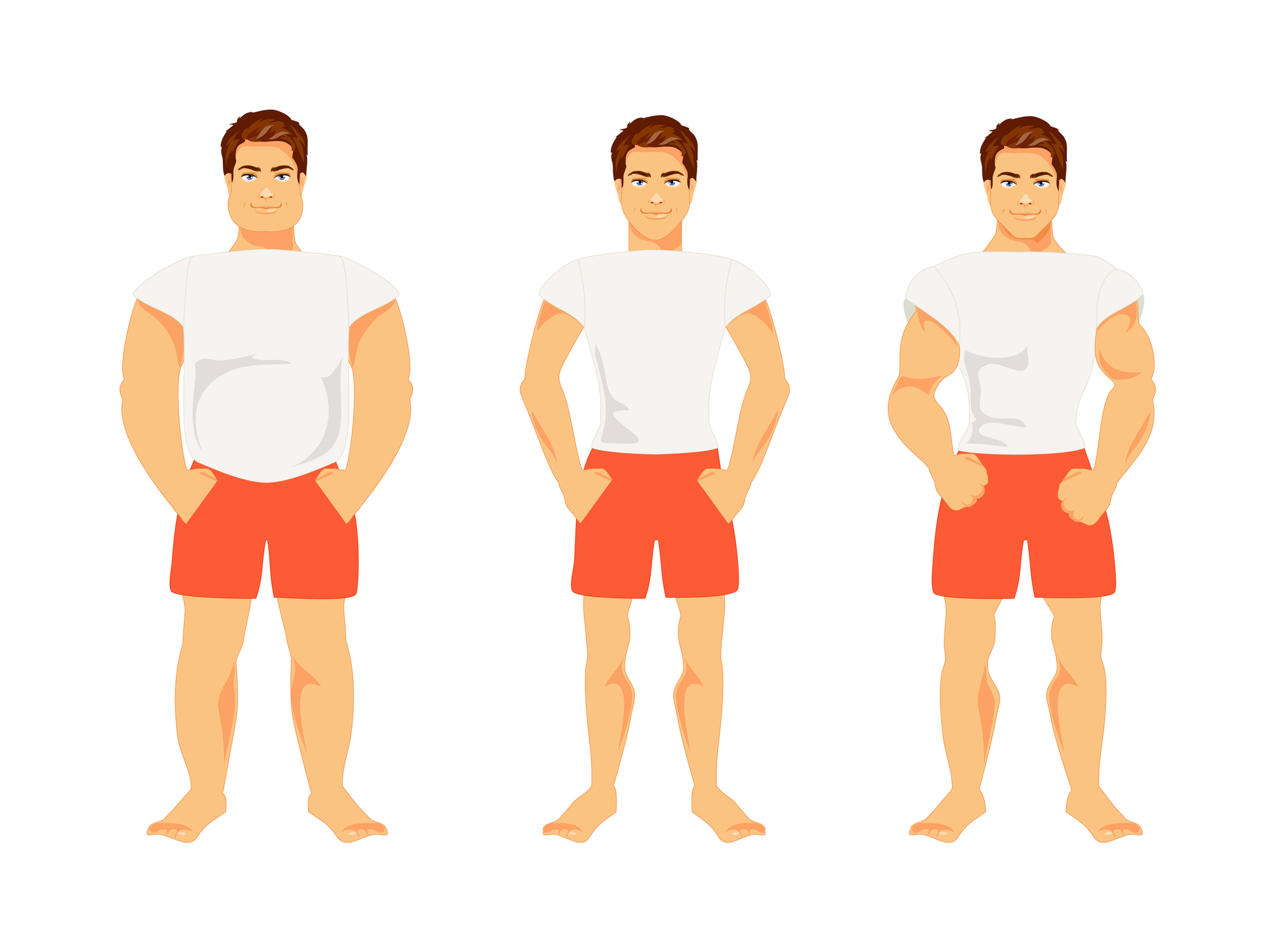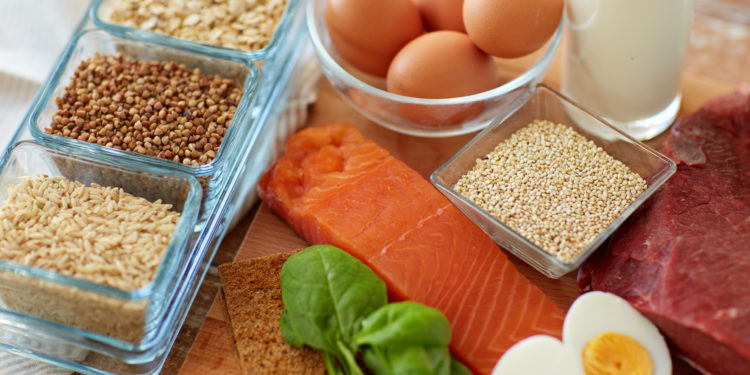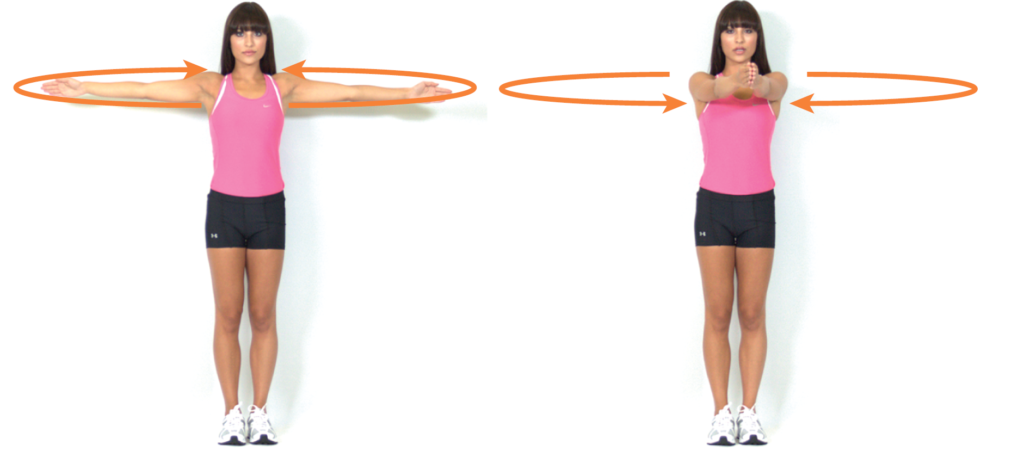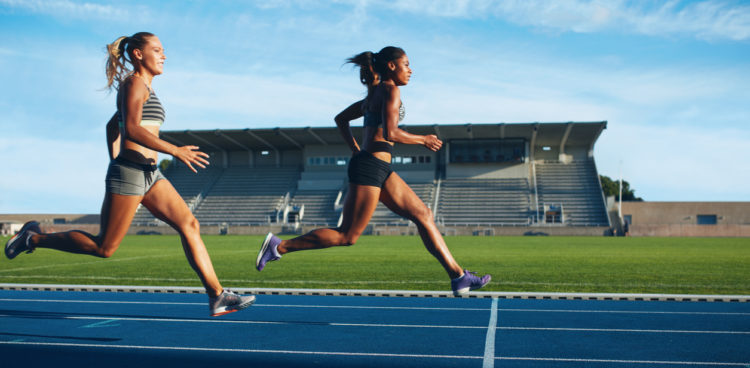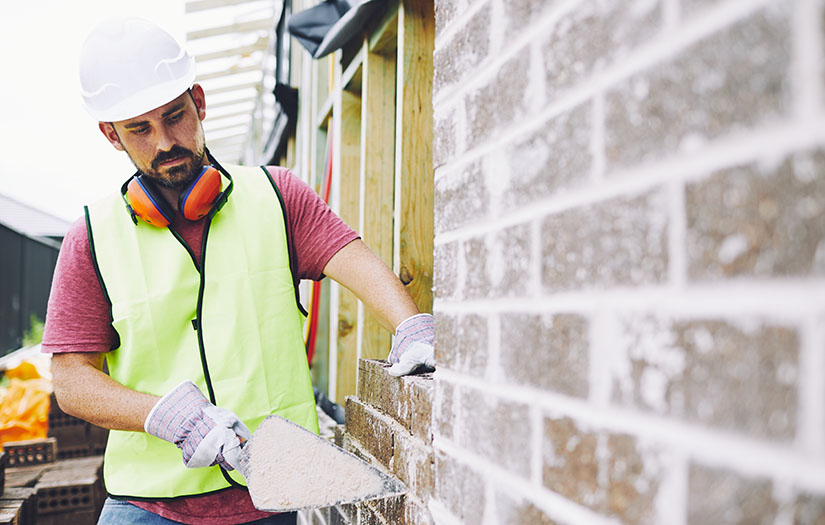Quando ci pensiamo esercizio correttivo, spesso immaginiamo il processo di tentativo di correggere uno schema di movimento non ottimale con tecniche di rotolamento, allungamento, attivazione e integrazione. Il miglioramento della qualità del movimento richiede che un individuo inibisca e allunghi i muscoli iperattivi mentre attiva e rinforza i muscoli ipoattivi.
L'individuo quindi lo termina con schemi di movimento integrati (cioè, "esercizio") per riapprendere il nuovo modello. Tuttavia, qualsiasi correzione neuromuscoloscheletrica deve, prima di tutto, includere tessuti sani e una mentalità sana. Come esamineremo qui, due componenti principali di qualsiasi programma correttivo conclusivo sono il recupero e il sonno.
Recupero
A vital component to improving how a client feels and functions is optimal recovery strategies. “Recovery” is one of the many words in our industry with several meanings. To some, it may be the directly after a training session, while others may see it as the spent not in the weight room. Recovery can apply to both. It is defined as an “inter- and intraindividual multilevel process for the re-establishment of personal resources and their full functional capacity” (Kellmann & Beckman, 2018, p. 5).
Inoltre, questa definizione afferma che il recupero è multidimensionale in quanto può richiedere molte tecniche (ad esempio, rullo di schiuma, compressione, camera di ossigeno, ecc.) E persino l'uso di altre persone (ad esempio, massaggiatori; fisioterapisti; preparatore atletico, ecc.) .). L'obiettivo di qualsiasi strategia di recupero è ridurre il tempo necessario al corpo per tornare alla linea di base o per migliorare. Pertanto, il recupero non dovrebbe essere visto semplicemente come un metodo per eliminare il dolore, di per sé, ma come una strategia pianificata per ottimizzare il tempo tra i periodi di allenamento per tornare più forti di quando hai iniziato.
Recovery can be passive or active. Passive recovery requires little active involvement from the beneficiary, such as massage (Dupuy, Douzi, Theurot, Bosquet, & Dugué, 2018). Conversely, an active recovery includes foam rolling, stretching, or exercise designed to facilitate tissue repair and normalization of mindset.
A vital component of any recovery strategy is that it should be a planned for engaging in specific procedures. For example, reserve 10-15 minutes to foam roll and stretch after all training sessions. A quick note on rolling post-exercise, to facilitate recovery, roll the muscles that performed the most work. For example, on ‘leg day,’ plan to roll the prime movers, such as the calves, quadriceps, and glutes at a minimum. Employ a continuous, slow-rolling strategy – up and down the length of the muscle – to help reduce soreness. It is important to note that this does not eliminate pain but appears to speed up the recovery process (Macdonald, Button, Drinkwater, & Behm, 2014). Further, this technique may deviate from the ‘rolling short and overactive muscles all ’ we are accusd to following. Still, if the goal is to optimize recovery, the continuous rolling should be emphasized after training.
Lastly, regarding recovery, it is crucial to understand and integrate the role of movement. Contracting muscles are the body’s natural, mechanical methods to flushing outabolic byproduct, which plays a role in speeding up recovery. Planning simple movement sessions between high-intensity sessions is a great way to program to optimize recovery. One of the best ways to reduce soreness between exercise sessions is through low-intensity exercise (Cheung, Hume, & Maxwell, 2003). The authors stated that such activity should be natural and rhythmic total body movements that engage muscles and serve to engage and move fluids throughout the body effectively. The actions should be familiar as not to impose any novel challenge, which may increase the chances of delayed onset muscle soreness. Such a program may look a lot like a Corrective Exercise routine, including foam rolling, static, or neuromuscular stretching, followed by total body movements (integrated exercises).
Dormire
Optimal recovery requires a favorite activity among many young humans, sleep. Many motivational speakers and entrepreneurs seem to brag about forgoing sleep to get ahead of the competition. However, noted neuroscientist Dr. Walker had been quoted as saying, “sleep is probably the greatest legal performance-enhancing drug that few are abusing enough” (Gatto, 2019, para. 1). Tennis superstar Roger Federer reportedly sleeps an average of 12-hours per night (Gatto, 2019). The fact is, it is IMPOSSIBLE to perform, recover, and grow without adequate sleep. Everything in the body (soft tissues, neural tissues – including brain and CNS) must recover after intense training. Numerous studies have indicated that people require proper sleep for optimal cognitive, motor, and physiological functions (Morris, Aeschbach, & Scheer, 2012).
Il corpo rilascia ormoni fondamentali per il recupero notturno. Uno, in particolare, è l'ormone della crescita umano (HGH). Morris et al. (2012) hanno indicato che i ricercatori precedenti hanno trovato un "aumento dell'ormone della crescita" che si verificava circa ogni due ore durante il sonno prolungato. L'ormone della crescita agisce su molti tessuti per aiutare a promuovere la guarigione, il recupero e la crescita, ma aiuta anche ad aumentare altri ormoni vitali per il recupero, come il fattore di crescita simile all'insulina (IGF-1).
Un sonno adeguato influenza anche la risposta del corpo allo stress e all'alimentazione. In uno studio, gli uomini privati del sonno hanno dimostrato di avere un metabolismo del glucosio alterato, una diminuzione del testosterone e un aumento del cortisolo pomeridiano (Reynolds et al., 2012). Inoltre, l'alterazione del glucosio era più evidente attraverso una risposta ridotta dopo la colazione, riducendo così potenzialmente gli effetti ottimali dei nutrienti ingeriti. Sai cosa si dice, la colazione è il pasto più importante della giornata, a meno che tu non stia praticando il digiuno intermittente, ovviamente. Gli autori hanno concluso che se il profilo ormonale privato del sonno si verifica ripetunte, potrebbe aumentare il rischio di diabete di tipo 2. Tutti questi fattori potrebbero influire sul recupero in quanto indicavano una risposta ormonale alterata durante il giorno.
Lastly, proper sleep is vital to making decisions that may directly promote optimal recovery – through nutrition. Researchers found than and women deprived of sleep were much more likely to make poor nutrition choices (Greer, Goldstein, & Walker, 2013). The participants in the study showed a much stronger neuronal response to “junk” food when they were sleep-deprived. The effect is believed to be due to a decrease in executive function (i.e., the inability to make the correct but often more difficult nutrition decision). Poor sleep is not a one- event, as it can easily negatively influence daily decisions. Given the importance of nutrition on recovery, a sleep-deprived diet is not likely one that optimizes tissue healing or any performance.
Conclusionee
Esercizio correttivo è un processo multidimensionale e multimodale che richiede molto di più che semplici schemi di movimento sani. Per correggere veramente una disfunzione, è necessario adottare altre abitudini sane. L'integrazione di strategie di recupero comprovate e l'enfasi sul sonno di alta qualità sono due abitudini sane che potrebbero essere l'anello mancante di un programma correttivo in difficoltà.
Riferimenti
Cheung, K., Hume, P., & Maxwell, L. (2003). Delayed onset muscle soreness: treatment strategies and performance factors. Medicina dello sport (Auckland, N.Z.), 33(2), 145–164. doi: 10.2165 / 00007256-200333020-00005
Dupuy, O., Douzi, W., Theurot, D., Bosquet, L., & Dugué, B. (2018). An evidence-based approach for choosing post-exercise recovery techniques to reduce markers of muscle damage, soreness, fatigue, and inflammation: A systematic review with meta-analysis. Frontiere in fisiologia, 9, 403. doi: 10.3389 / fphys. 2018.00403
Gatto, L. (2019). Roger Federer dorme 12 ore al giorno, dice il neuroscienziato. Estratto da https://www.tennisworldusa.org/tennis/news/Roger_Federer/73246/roger-federer-sleeps-12-hours-a-day-says-neuroscientist/
Greer, S. M., Goldstein, A. N., & Walker, M. P. (2013). The impact of sleep deprivation on food desire in the human brain. Nature Communications, 4, 2259. https://doi.org/10.1038/ncomms3259
Kellmann, M., & Beckman, J. (Eds.). (2018). Sport, recupero e performance negli atleti. Abingdon, Regno Unito: Routledge.
Macdonald, G. Z., Button, D. C., Drinkwater, E. J., & Behm, D. G. (2014). Foam rolling as a recovery tool after an intense bout of physical activity. Medicina e scienza nello sport e nell'esercizio fisico, 46(1), 131–142. doi: 10.1249 / MSS.0b013e3182a123db
Reynolds, A. C., Dorrian, J., Liu, P. Y., Van Dongen, H. P. A., Wittert, G. A., Harmer, L. J., & Banks, S. (2012). Impact of five nights of sleep restriction on glucose metabolism, leptin and testosterone in young aduln. Plos One, 7(7), e41218. https://doi.org/10.1371/journal.pone.0041218
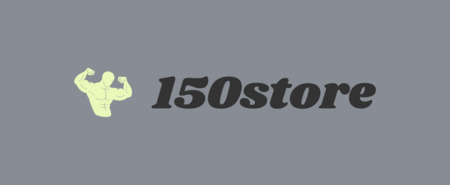


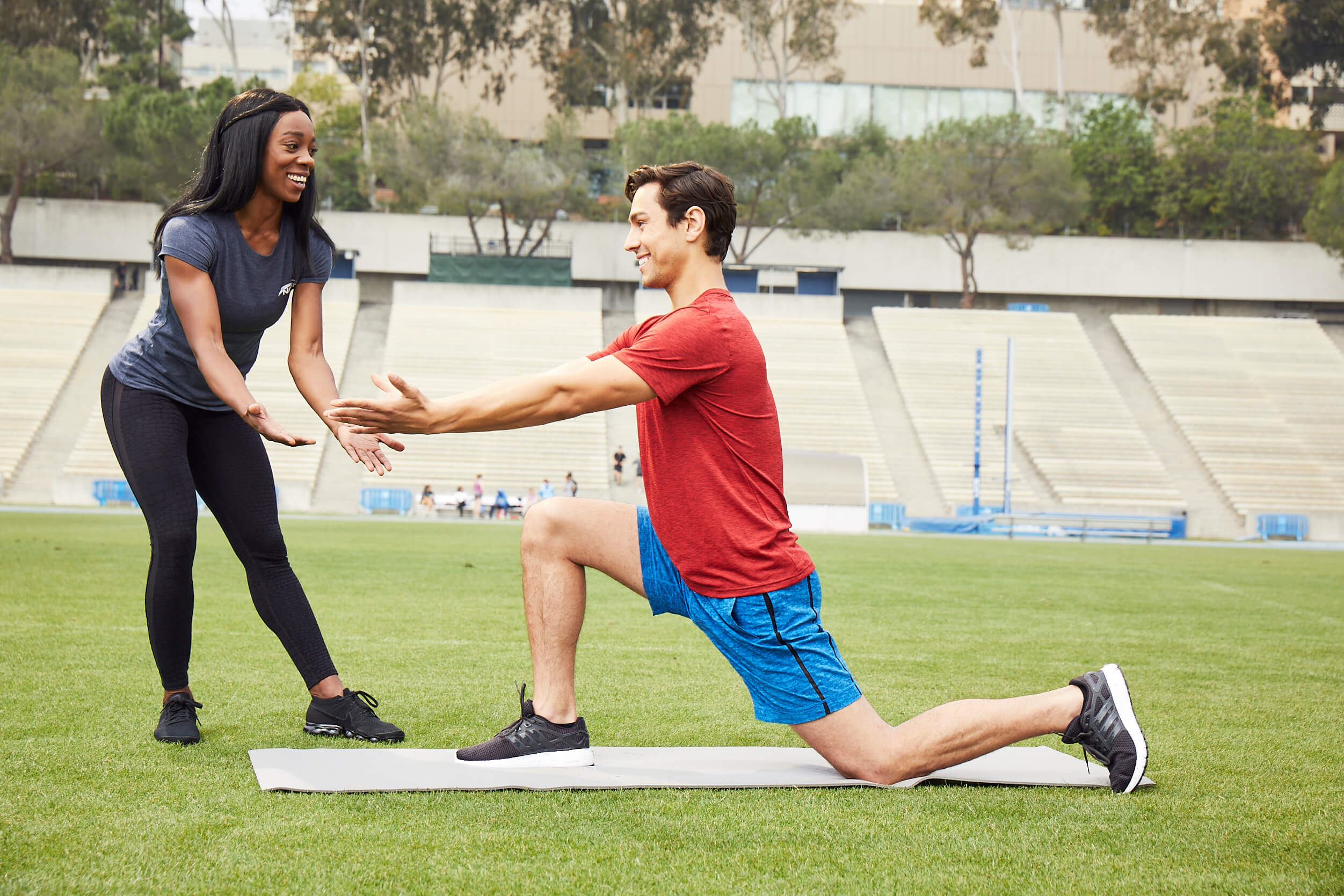
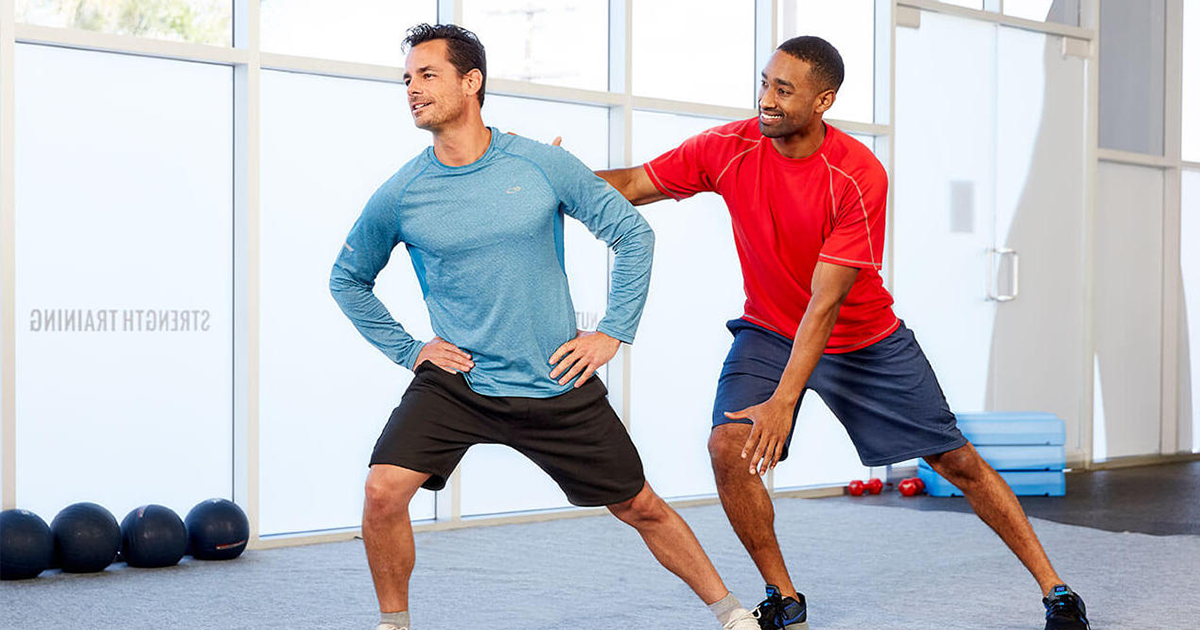
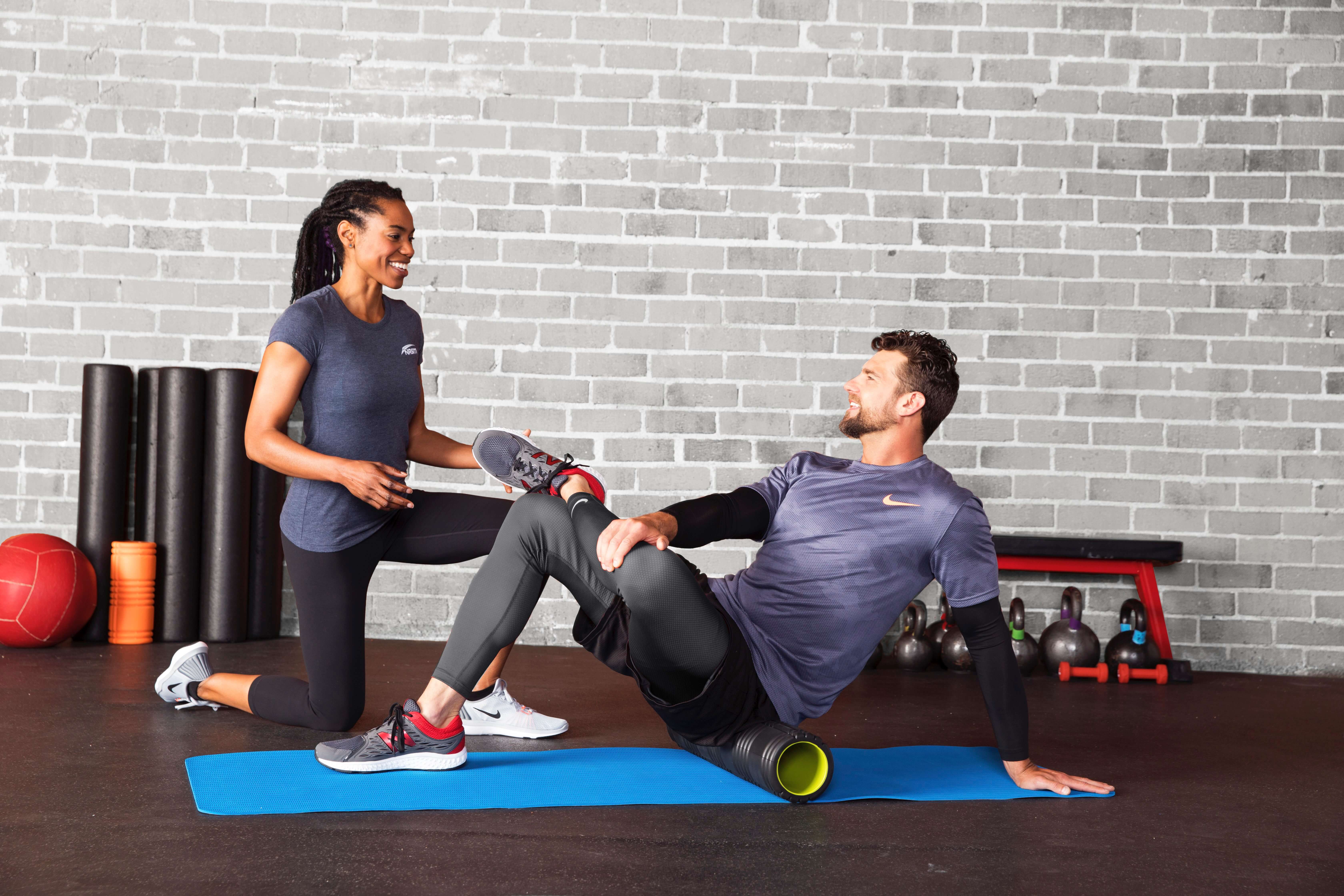
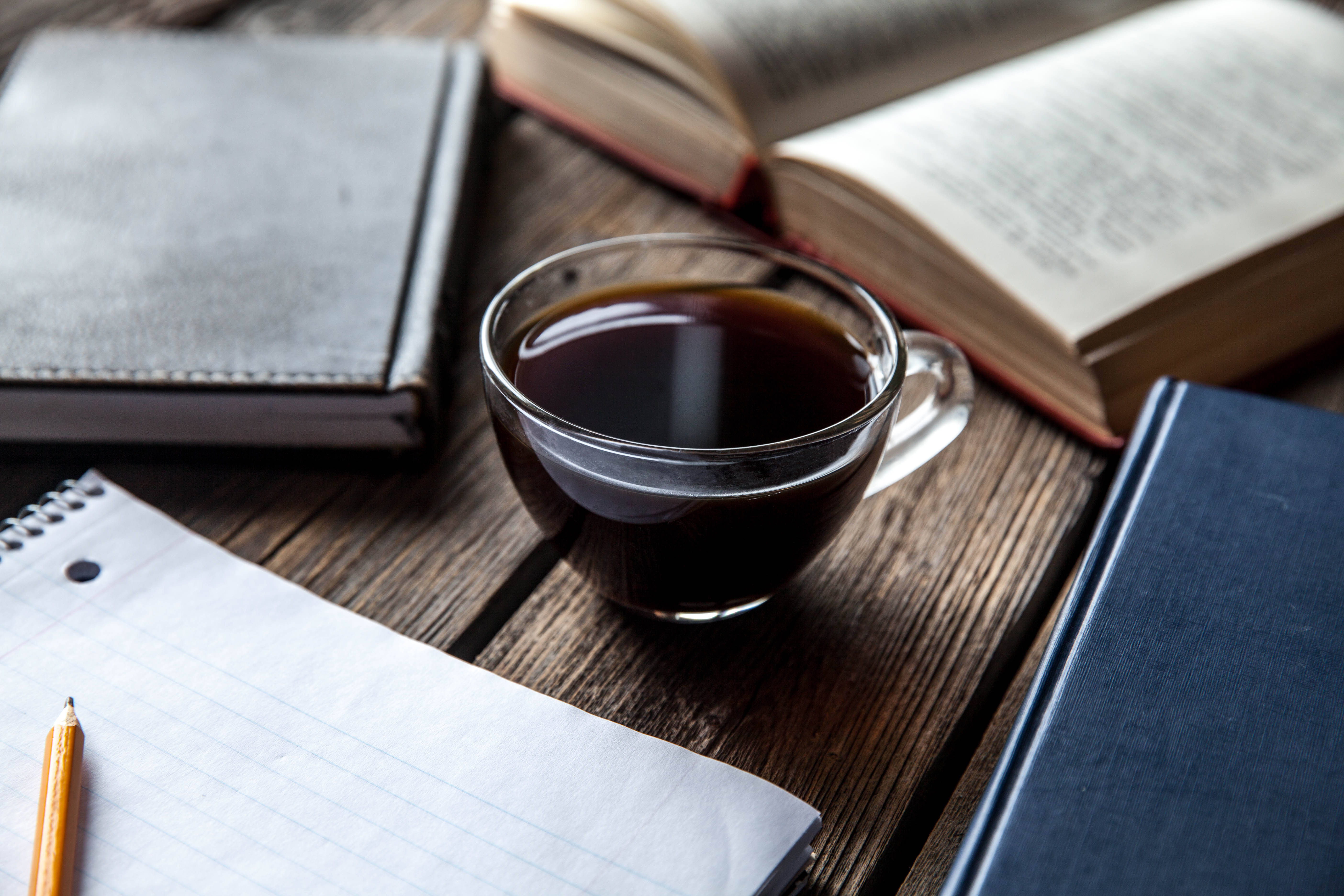
.jpg?width=330&name=Optima%20Ads_blog3%20(1).jpg)
